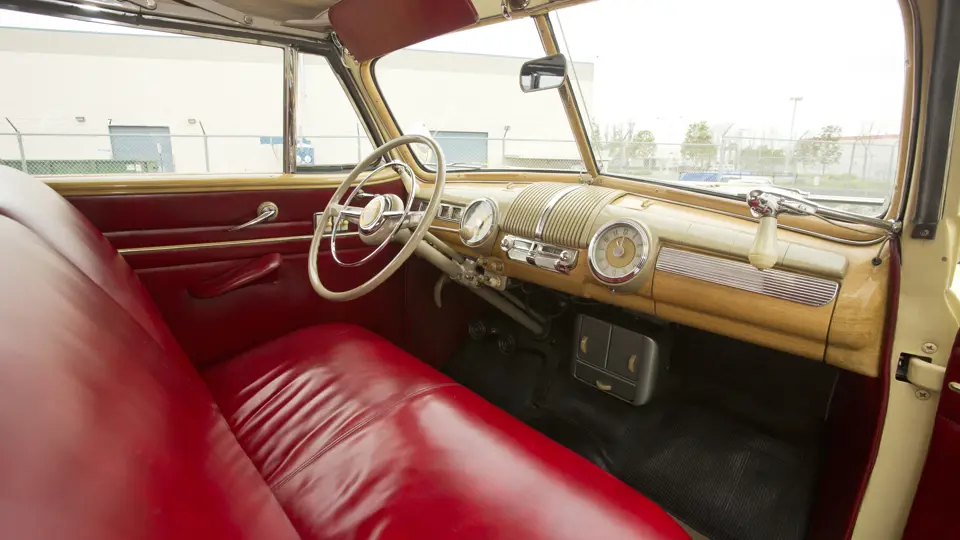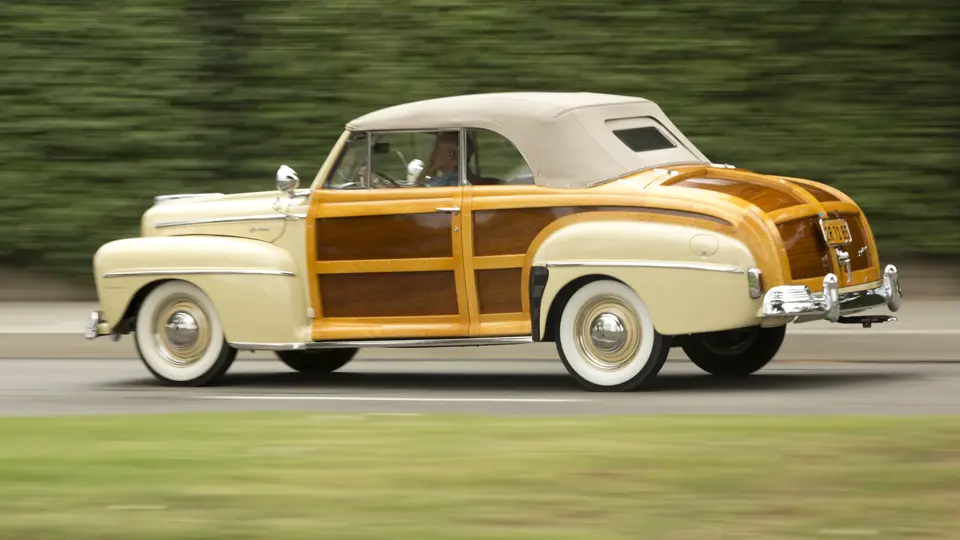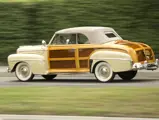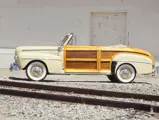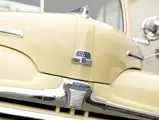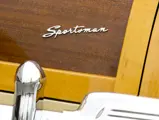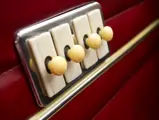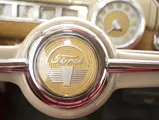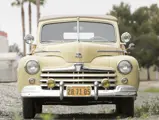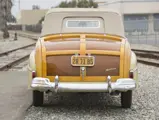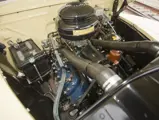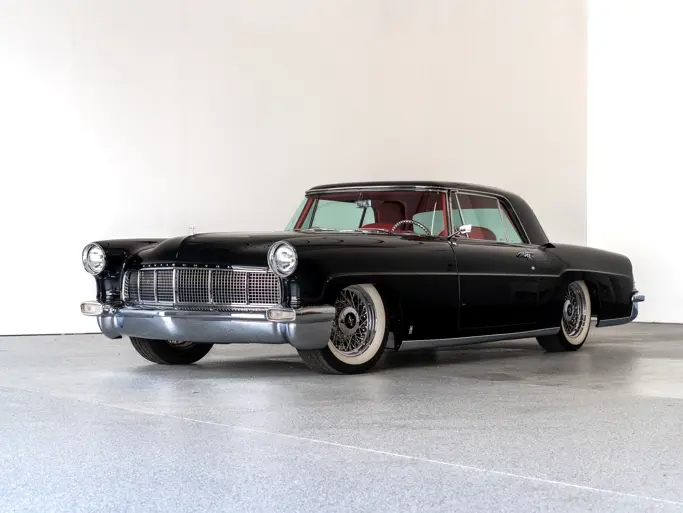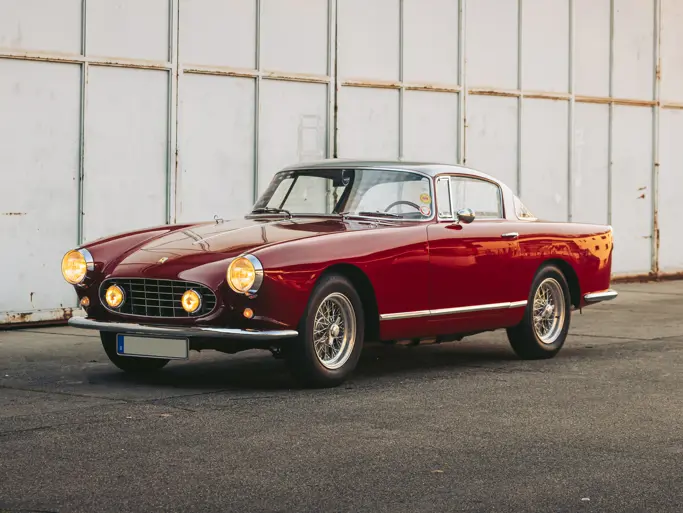Model 79A. 100 bhp, 239.4 cu. in. L-head V-8 engine, three-speed manual transmission with Columbia overdrive, solid front axle and live rear axle with transverse semi-elliptic leaf springs, and four-wheel hydraulic drum brakes. Wheelbase: 114 in.
While all Ford woodies are popular, the most revered of all are certainly the Sportsman Convertibles. The Sportsman was reportedly inspired by a Model A that Henry Ford II had built up, using a wood body created by chief designer E.T. “Bob” Gregorie, for use at his Long Island home. In the early part of 1945, Gregorie and his lead illustrator, Ross Cousins, created drawings for a wood-bodied 1946 convertible. A prototype was built at Iron Mountain by taking the skin off an early production convertible and fitting wood in its place. Using as many standard convertible parts as possible helped to simplify manufacture and restrain costs.
Sportsman seats were upholstered in genuine leather facings in tan or red and included French stitching. The front floor mats had color-keyed carpet inserts, and power windows were standard. Announced in September, the first Sportsman was completed in December 1945 and presented to actress Ella Raines at Christmas. In all, 3,629 were built in two years, including 205 Mercurys for 1946 only.
Among woodie connoisseurs, there are not only special models, there are special woods. It is well known that Henry Ford used to stockpile pieces of Birdseye Maple, sometimes finding it in his northern Michigan forests. When building a woodie for a friend or special customer, he often insisted that some Birdseye pieces be incorporated into the body. There is, however, one other type of wood that is even rarer than Birdseye Maple in Ford woodies, Tiger Maple, also known as Curly Maple. This car is a happy confluence of two rarities: Tiger Maple in a Sportsman body.
In contrast to Birdseye Maple, which has circular aberrations resembling birds’ eyes, Tiger Maple has wavy lines, which are created by the undulation of the fibers (not the grain). Often reserved for musical instruments and fine furniture, it was seldom used on automobiles. This car has about 13 pieces of it, principally in the rear quarters. It is surmised that the original owner was a very, very special person to rate such a special car.
In the pretty color of Maize Yellow, a very light hue, almost beige, it looks stunning without being ostentatious. The upholstery is red leather. Only a few blemishes mar the paint; the brightwork is all very good, with no pits, scuffs, or dents. The dashboard is original and completely unrestored. All plastic components are in very good condition, with no checks or cracks. The engine compartment and undercarriage are very clean and correctly appointed. An RM specialist has driven the car and reports that it starts easily and performs wonderfully, with no vibration, and it steers straight as an arrow. It is equipped with a Columbia overdrive, essential for easy travel at today’s speeds, a radio with a header antenna, a heater, fog lights, and dual spotlights.
The current owner purchased it in Arizona, after it had been within the John Woodhead Collection in Minneapolis, Minnesota. Apart from the rear deck mahogany panels, the wood is original, and it has been carefully varnished in the shops of Ford woodie authority Nick Alexander. Some of the upholstery has also been replaced by Alexander’s staff. In Early Ford V-8 Club competition, it has twice won the coveted Dearborn Award for excellence of condition in point judging. As the rarest of the rare, one would search hard to find another.
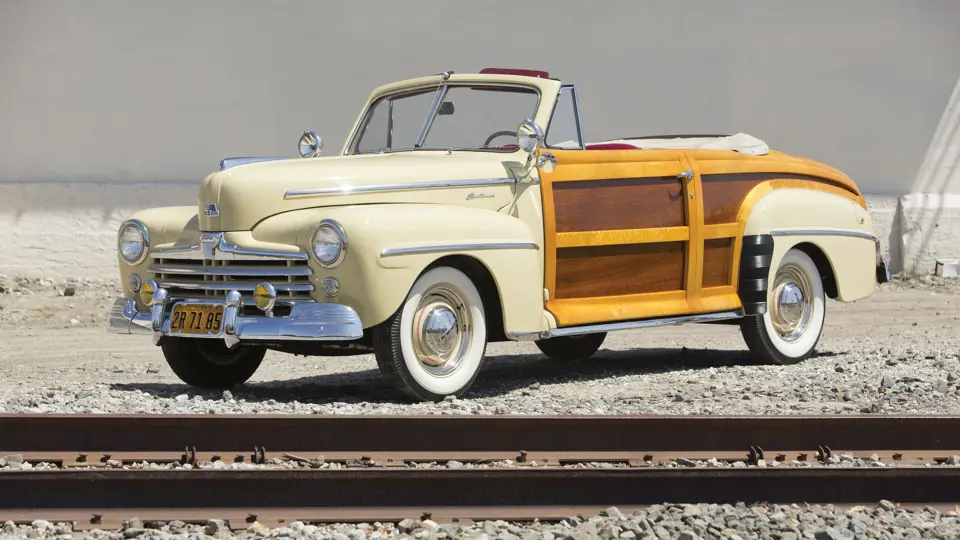

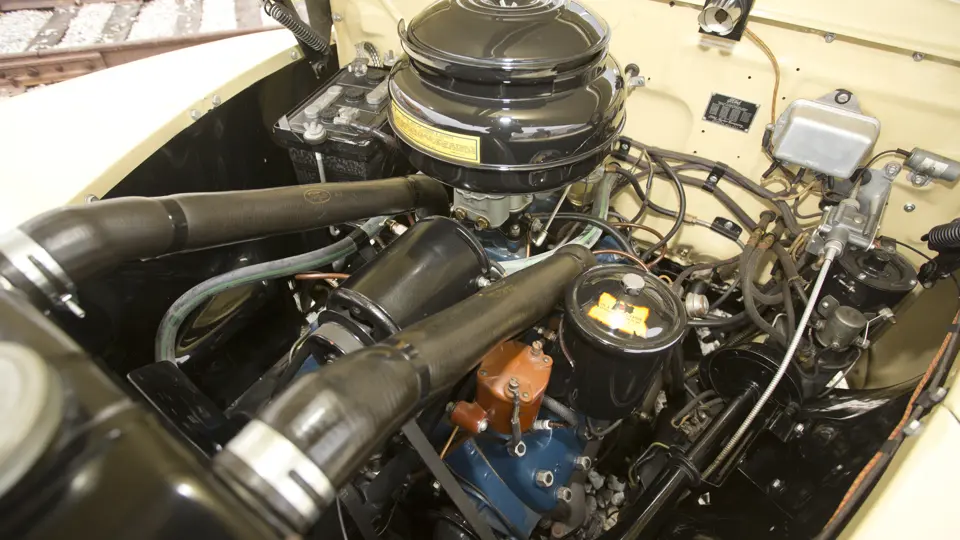

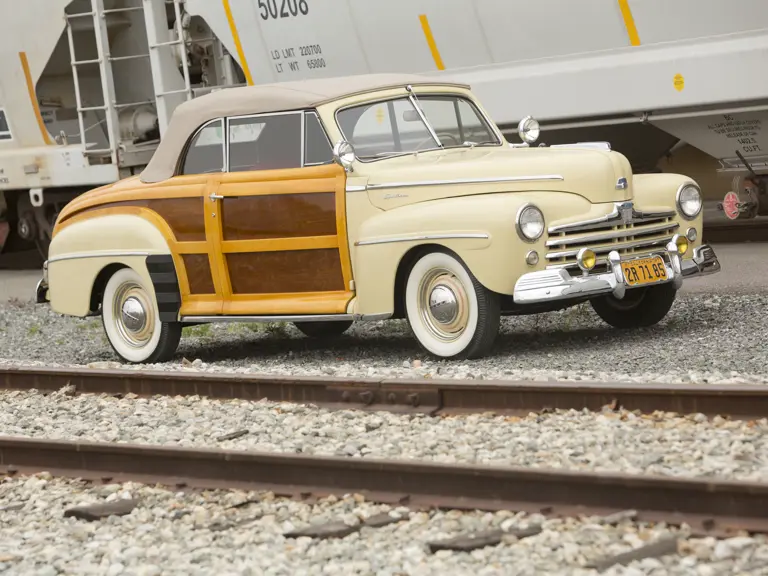
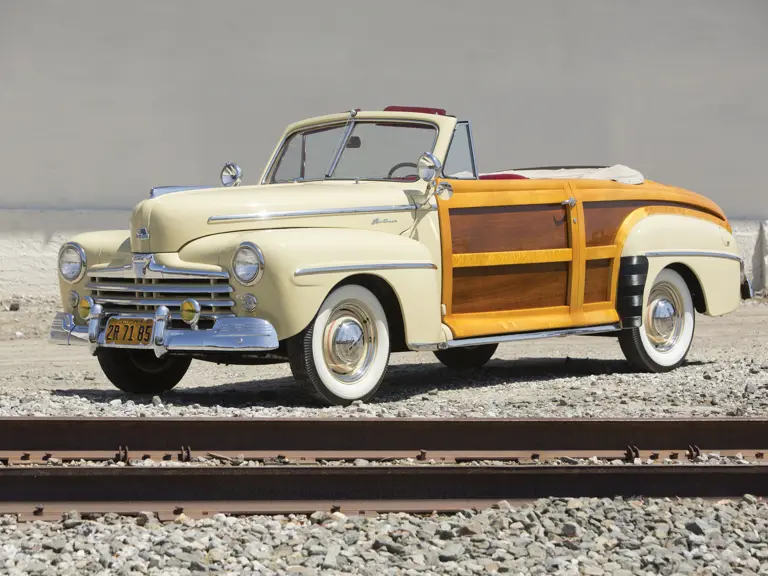


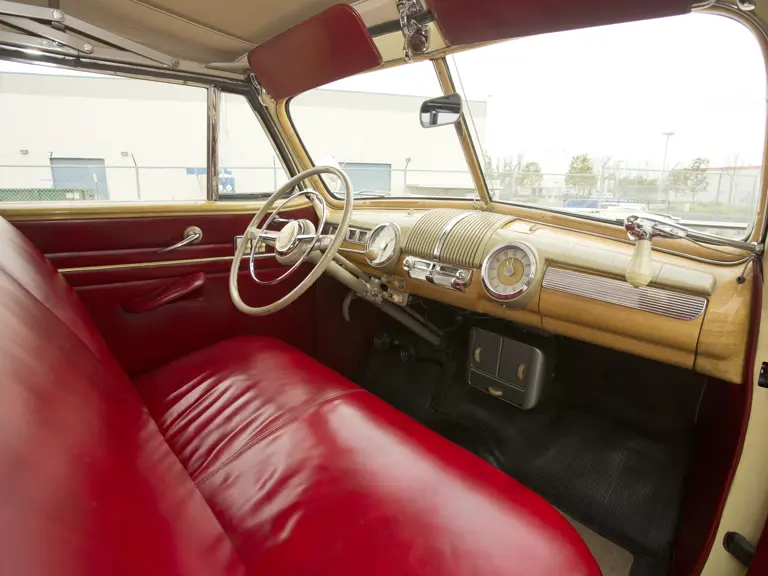
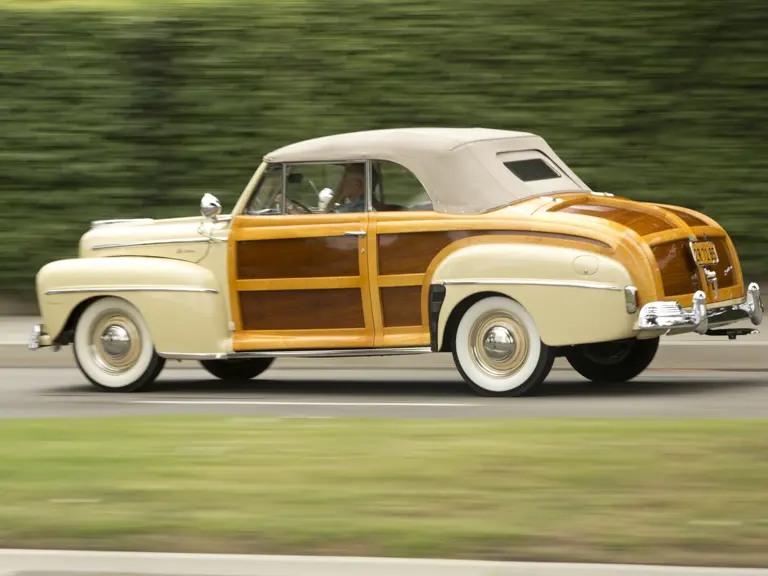
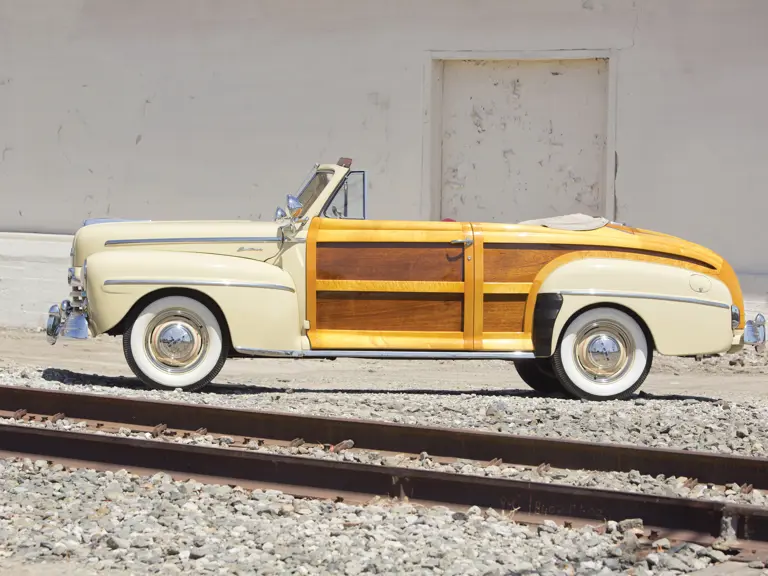
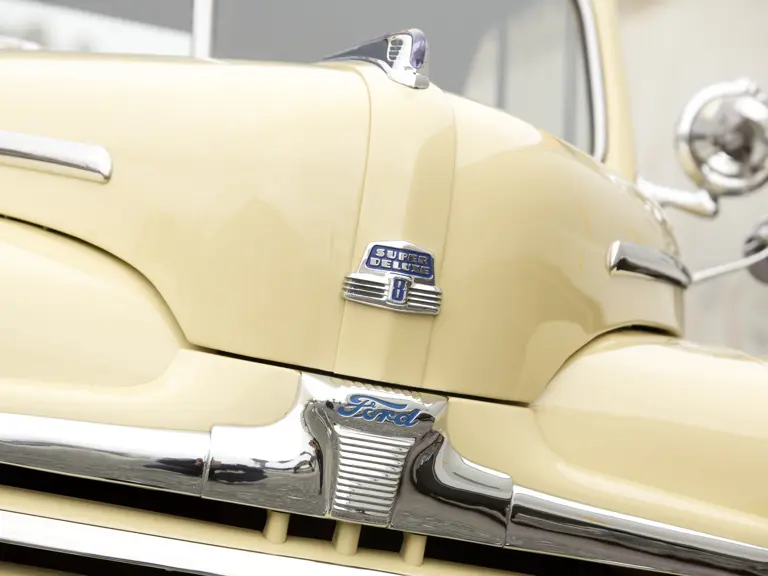
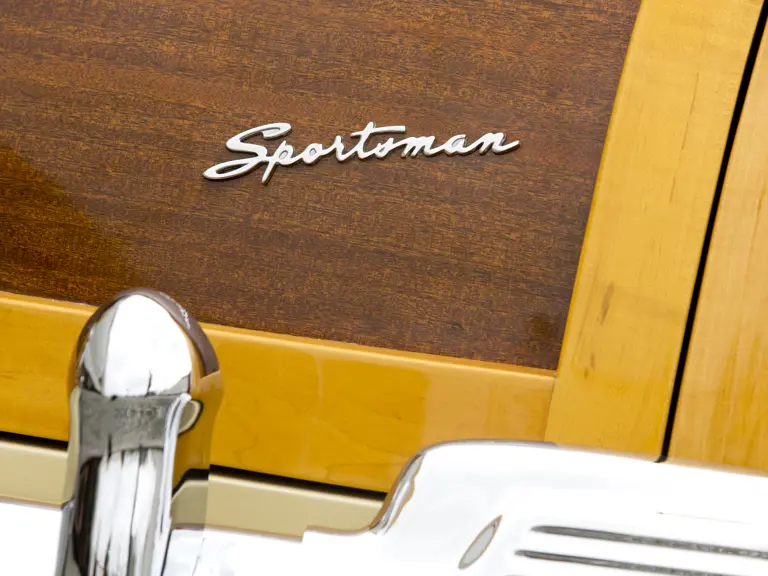
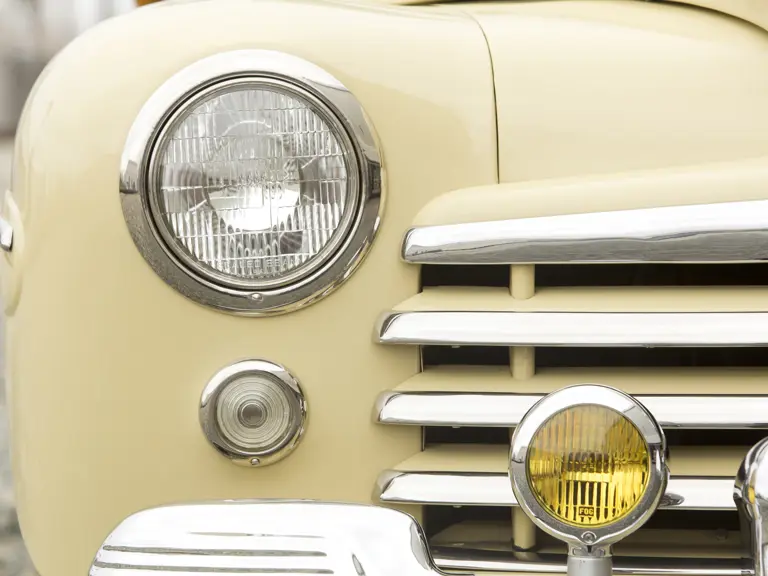
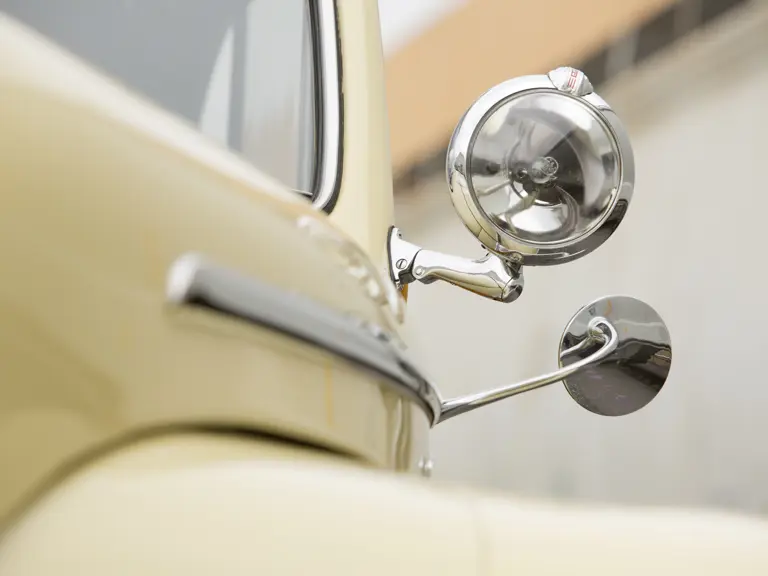



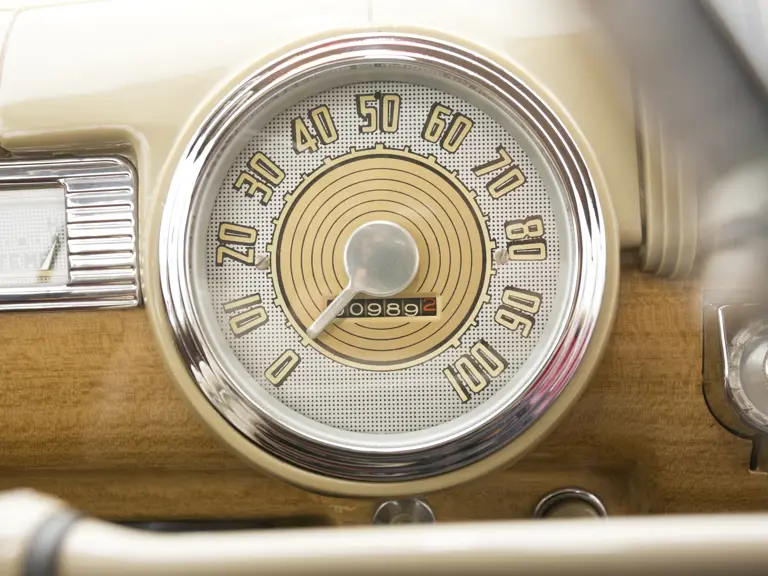
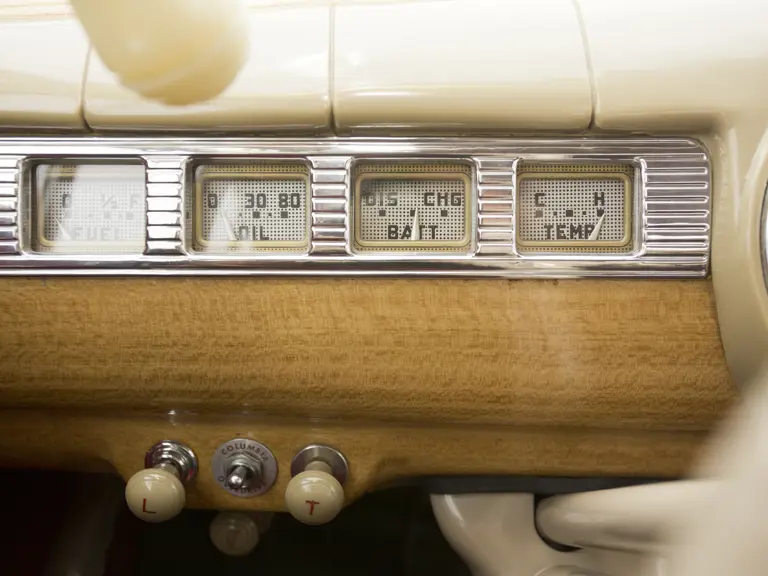
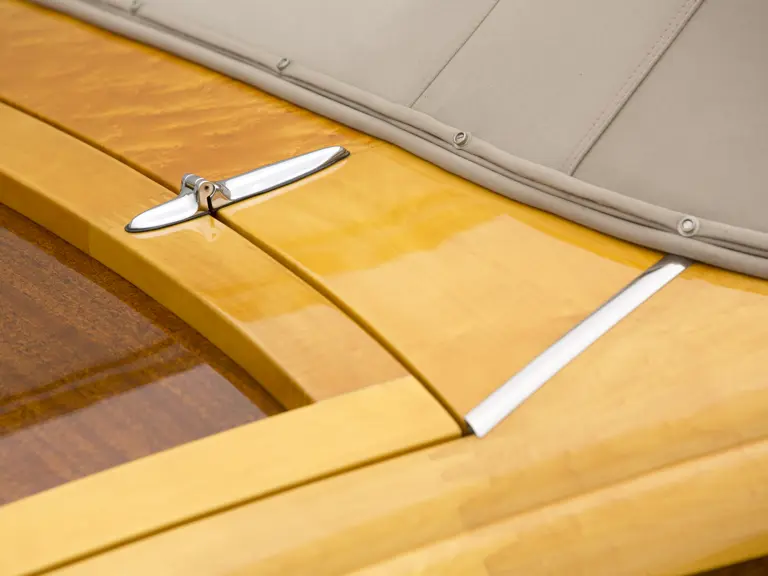
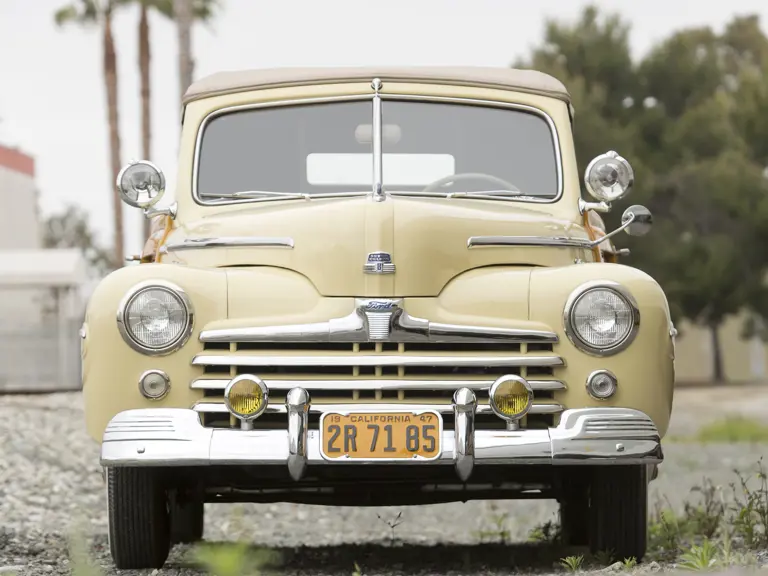
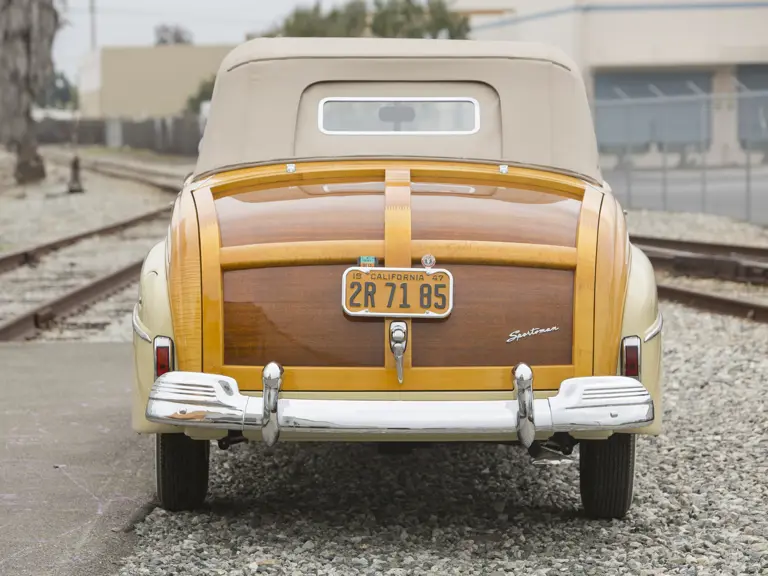

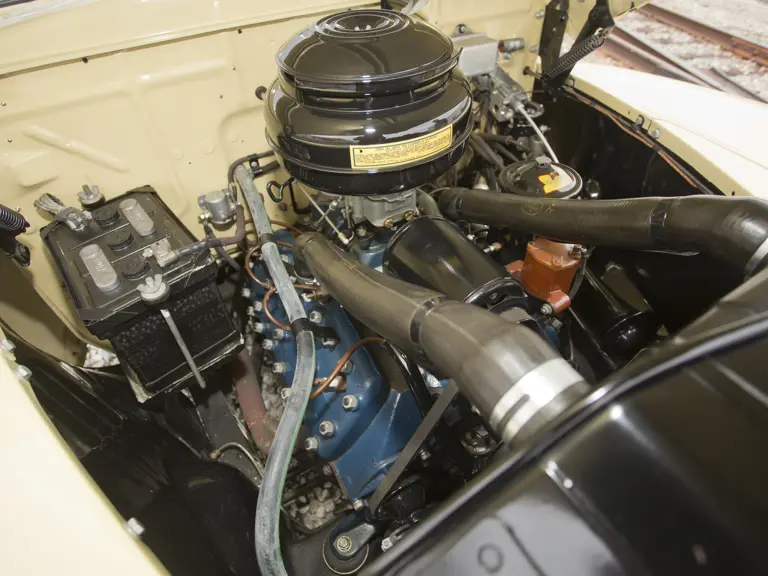
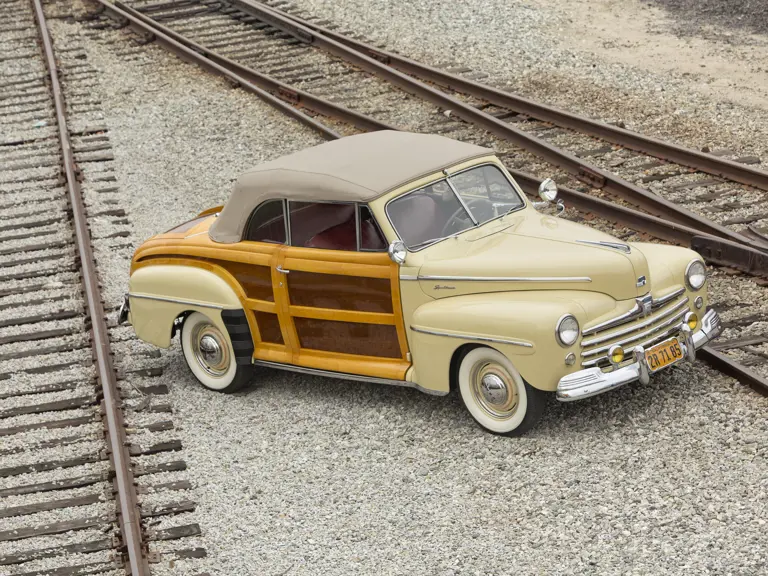
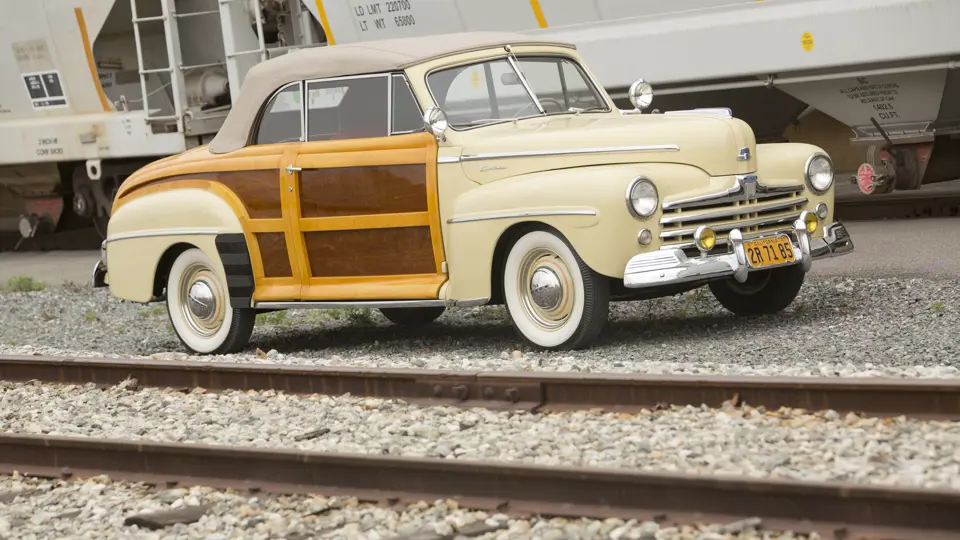
 | Monterey, California
| Monterey, California
